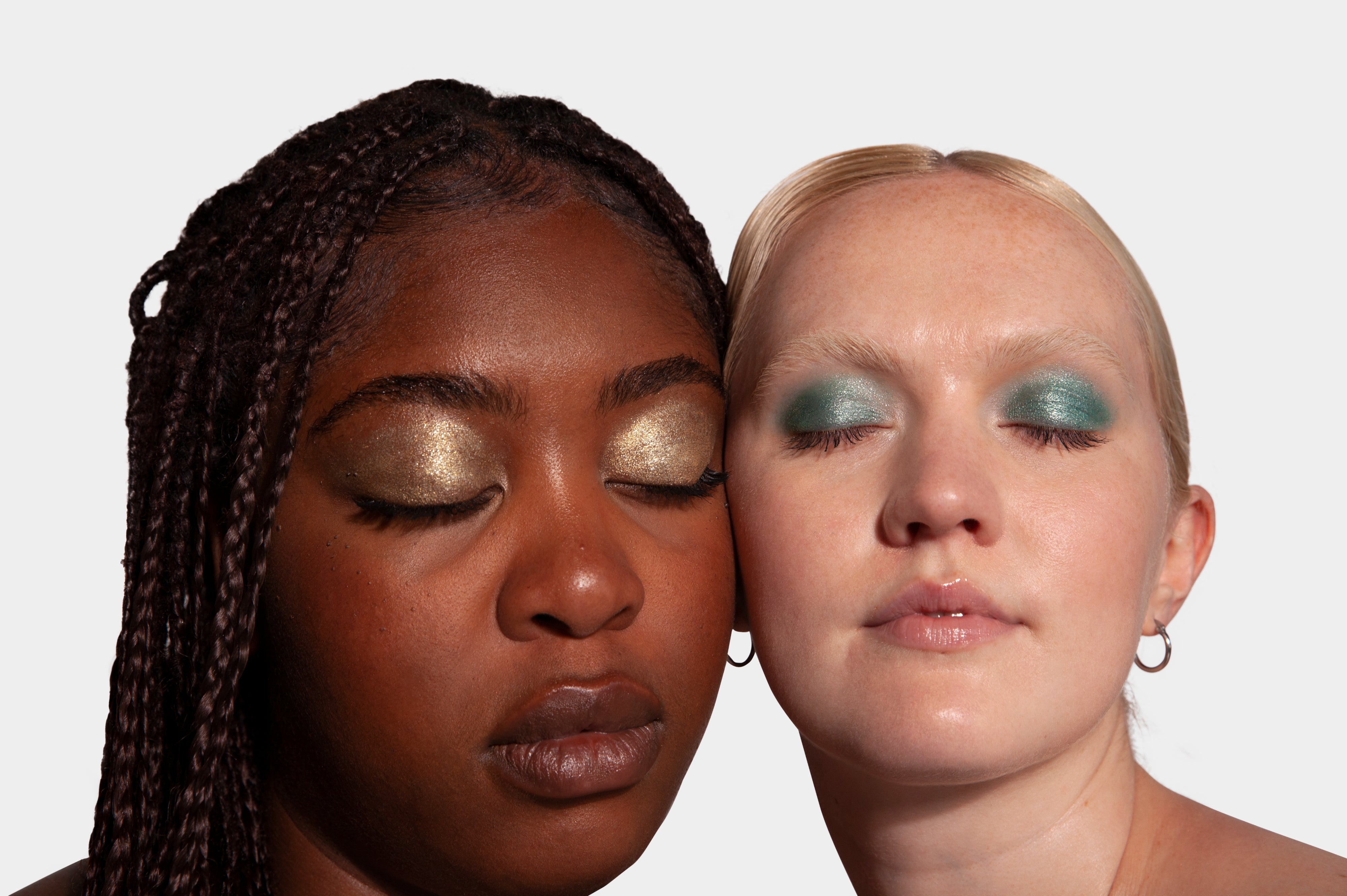Many cosmetics contain plastic-based ingredients that provide shimmer, improve texture, or extend product longevity. With growing concerns about microplastics and their impact on the environment, it's essential to be aware of the plastic ingredients hiding in your makeup. Unfortunately, brands aren't always transparent about what goes into their products, so it's important to know what to look for.
Why Are Plastics Used in Makeup?
Plastics serve a variety of functions in beauty products:
- Shimmer & Glitter – Found in eyeshadows, highlighters, and lip gloss.
- Film Formation – Helps mascaras, eyeliners, and long-wear lipsticks stay in place.
- Texture & Thickness – Improves the feel of foundations and primers.
- Fillers & Absorbents – Used in powders and certain cosmetic formulations.
Are Plastics Necessary in Makeup?
No, plastic ingredients are not essential for cosmetic performance. Many plastic-based ingredients can be replaced with natural, sustainable alternatives that perform just as well—without the environmental harm.
Ingredients such as biodegradable glitter, responsibly sourced mica, and natural minerals such as silica and zinc stearate can effectively replace plastic ingredients. These alternatives provide the same performance without the environmental harm.
Common Plastic Ingredients in Makeup
Here are some common plastic-based ingredients often found in cosmetics:
- Glitter & Shimmer Effects
- Polyethylene Terephthalate (PET) – The most common plastic glitter, found in eyeshadows and highlighters.
- Polyurethane (PU) – Adds flexibility to shimmering products, often found in eyeshadows and lip gloss.
- Film Formers & Binders
- Polymethyl Methacrylate (PMMA) – Used in eyeshadows, primers, and long-wear makeup to enhance texture and increase durability.
- Thickening & Texture Agents
- Nylon-12 / Nylon-6 – Adds a silky feel and oil-absorbing properties, commonly found in foundations and primers.
- Polyethylene (PE) – Found in lipsticks, creamy products, and some eyeshadows, giving them smooth texture and consistency.
- Microplastics & Fillers
- Polypropylene (PP) – Used in pressed powders and scrubs, often found in compact makeup formulations.
- Polystyrene (PS) – Found in some glitter formulations, adding rigidity and shine.
How to Avoid Plastics in Makeup
- Check the Ingredient List – Look for the ingredients listed above. If a brand doesn’t provide an ingredient list, it could be hiding something harmful.
- Opt for Biodegradable Glitter – Switch to eco-friendly glitter alternatives that are biodegradable, such as mica or plant-based glitter. These options allow you to sparkle sustainably.
- Choose Sustainable Brands – Many brands now avoid microplastics in their formulas and focus on more sustainable, skin-friendly ingredients.
Make the Switch to Eco-Friendly Beauty
Plastics in makeup contribute to microplastic pollution and could potentially affect your skin. By learning how to identify them, you can make smarter, more sustainable choices for both your skin and the environment. Consider switching to biodegradable, plastic-free alternatives for a more eco-conscious beauty routine. Your skin—and the planet—will thank you!

